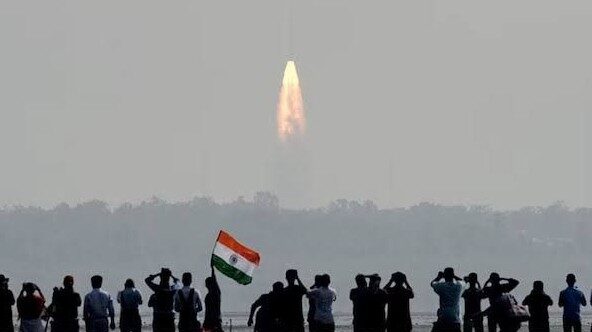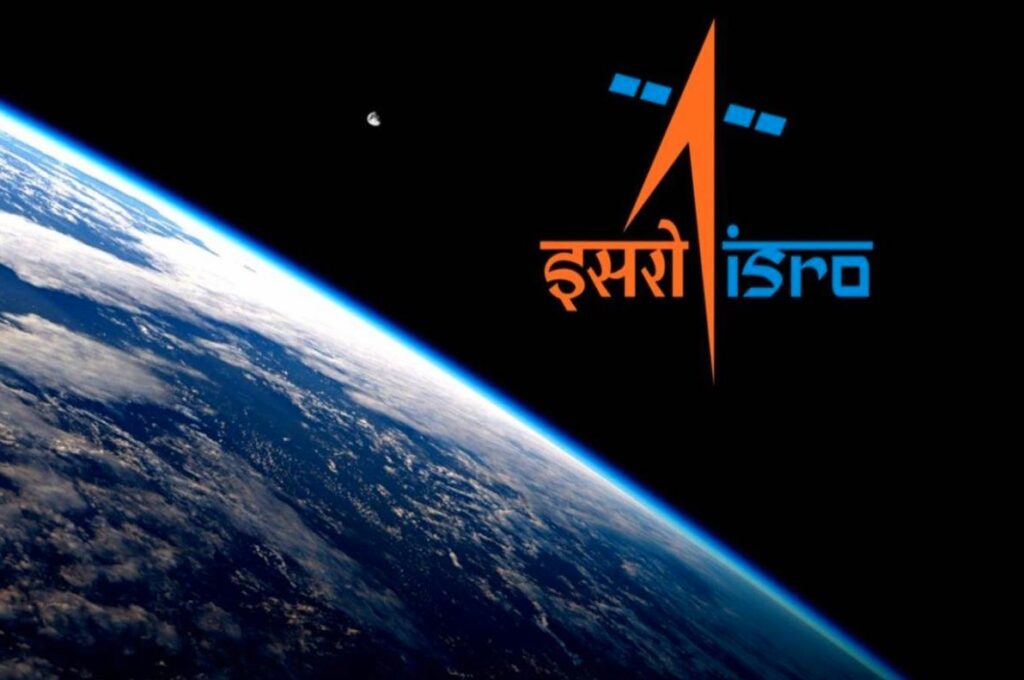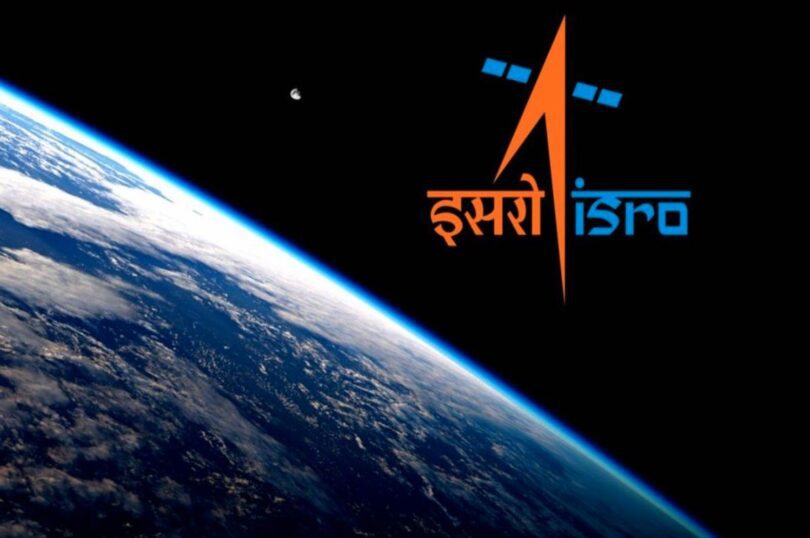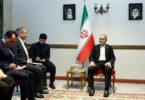Indian Space Research Organisation (ISRO) on 18 May 2025 launched its 101st satellite, EOS-09, aboard the Polar Satellite Launch Vehicle (PSLV-C61), which was carrying an Earth Observation Satellite, named as EOS-09, that was to be put in a Sun Synchronous Polar Orbit (SSPO). However, the EOS-09 mission could not be accomplished. The ISRO Chief, V. Narayanan informed that the PSLV 4-stage vehicle and performance was normal till the second stage and that ISRO will revert after an analysis. ISRO is widely known for its efficient and cost-effective space programs, characterized by high performance and a focus on indigenously developed technology. This is achieved through a combination of factors like a culture of cost-effectiveness, resource optimization, and collaboration with local industries.
During the recent Operation Sindoor, ISRO once again demonstrated why it is a global leader in space technology. In a series of military actions undertaken against many targets inside Pakistan and Pakistan occupied Jammu & Kashmir during Op Sindoor, ISRO’s contributions as India’s Silent Shield in the Sky were game-changing. ISRO’s satellites became the eyes and ears of the Indian Army, providing critical support by its technology and ensuring that our forces were always one step ahead.

Real-time surveillance was provided by ISRO’s satellites, like RISAT-1B, capturing high-quality images of enemy locations, even in bad weather or at night. This helped the Army plan precise attacks on terror camps.
Valuable navigation support came from satellites providing accurate GPS data, guiding Indian troops and fighter jets to their targets with pinpoint accuracy.
ISRO’s communication satellites ensured seamless contact between commanders and soldiers, making operations smooth and fast. Round-the-clock monitoring was achieved by over 10 ISRO satellites working 24/7 and keeping a constant watch on Pakistan’s movements, ensuring India’s safety.
ISRO’s contributions were key to the success of Op Sindoor. By providing critical data, ISRO helped the Indian Army destroy terror bases and protect our borders.
On 29 January 2025, ISRO’s 100th satellite, NVS-02 navigation satellite on board the GSLV-F15 rocket was launched from the Satish Dhawan Space Centre in Sriharikota. This launch marked a significant milestone for India's space program. NVS satellite stands for New Generation Navigation Satellite, which is part of the ISRO’s Navigation with Indian Constellation (NavIC) program. NVS-01 was the first of these new satellites, followed by NVS-02. These satellites are designed to enhance India's regional navigation satellite system.
Initially raised as the Indian National Committee for Space Research (INCOSPAR) in 1962 by the Government of India on the recommendation of Dr. Vikram Sarabhai, it was renamed as ISRO in 1969 and was subsumed into the Department of Atomic Energy (DAE). The purpose of setting up ISRO was to institutionalise space research activities in India. In 1972, the Government set up a Space Commission and the Department of Space (DoS), bringing ISRO under its purview. It has since then been managed by the DoS, which also governs various other institutions in the domain of astronomy and space technology.

It is interesting to know how Dr. Sarabhai succeeded in establishing ISRO, given that Nehru, contrary to what was projected about him, lacked scientific temper. According to Amit Malviya, BJP’s national in-charge of information and technology, while there was a narrative about Nehru setting up ISRO, that was not so. In fact, given his absolute lack of scientific temper, he was a stumbling block in the process of raising ISRO. So much so, that even Pakistan had set up their space agency SUPARCO in late 1961, a few months before India's INCOSPAR, in Feb 1962. At that time INCOSPAR was a part of the Tata Institute of Fundamental Research (TIFR), which was set up on the insistence of Dr Homi J Bhabha, who wrote to Sir Dorabjee Tata Trust asking for financial assistance. JRD Tata at that time supported Dr Homi J Bhabha’s idea and TIFR was set up on 01 June 1945, even before Nehru was taking any decisions for India.
ISRO built India's first satellite in 1975 named Aryabhata, after the pioneer of astronomy and mathematics. It was launched by the Soviet space agency Interkosmos and in 1980, it launched the satellite RS-1 on board the indigenously built launch vehicle SLV-3, making India the seventh country to undertake orbital launches. It subsequently developed various small-lift and medium-lift launch vehicles, enabling the agency to launch various satellites and deep space missions. It is one of the six government space agencies in the world that possess full launch capabilities with the ability to deploy cryogenic engines, launch extraterrestrial missions and artificial satellites. It is also the only one of the four governmental space agencies to have demonstrated unmanned soft landing capabilities.
ISRO's programmes have played a significant role in socio-economic development. It has supported both civilian and military domains in various aspects such as disaster management, telemedicine, navigation and reconnaissance. ISRO's spin-off technologies have also aided in new innovations in engineering and other allied domains.
ISRO also has a long record launching foreign satellites. As of 30 July 2023, ISRO had launched 431 satellites for 34 countries. Between 2013 and 2015, India launched 28 foreign satellites for nine countries, earning revenue of US$101 million. Since October 2022, the Polar Satellite Launch Vehicle and GSLV Mk III are the launch vehicles utilized for international commercial launches. In addition, the Small Satellite Launch Vehicle is currently in development for international commercial launches of small satellites the vehicle made its first successful flight on 10 February 2023.
On 15 February 2017, ISRO launched 104 satellites on single launch by a PSLV-XL. 96 of them were from the United States, while the others were from Israel, the UAE, Kazakhstan, the Netherlands, Belgium and Germany. It was the largest number of satellites launched on a single flight by any space agency (with the previous record held by Russia's Dnepr launcher, which launched 37 in June 2014) until 24 January 2021, when SpaceX launched the Transporter-1 mission on a Falcon 9 rocket carrying 143 satellites into orbit.
The author a strategic affairs analyst and former spokesperson, Defence Ministry and Indian Army, can be contacted at wordsword02@gmail.com, https://www.linkedin.com/in/anil-bhat-70b94766/ and @ColAnilBhat8252










